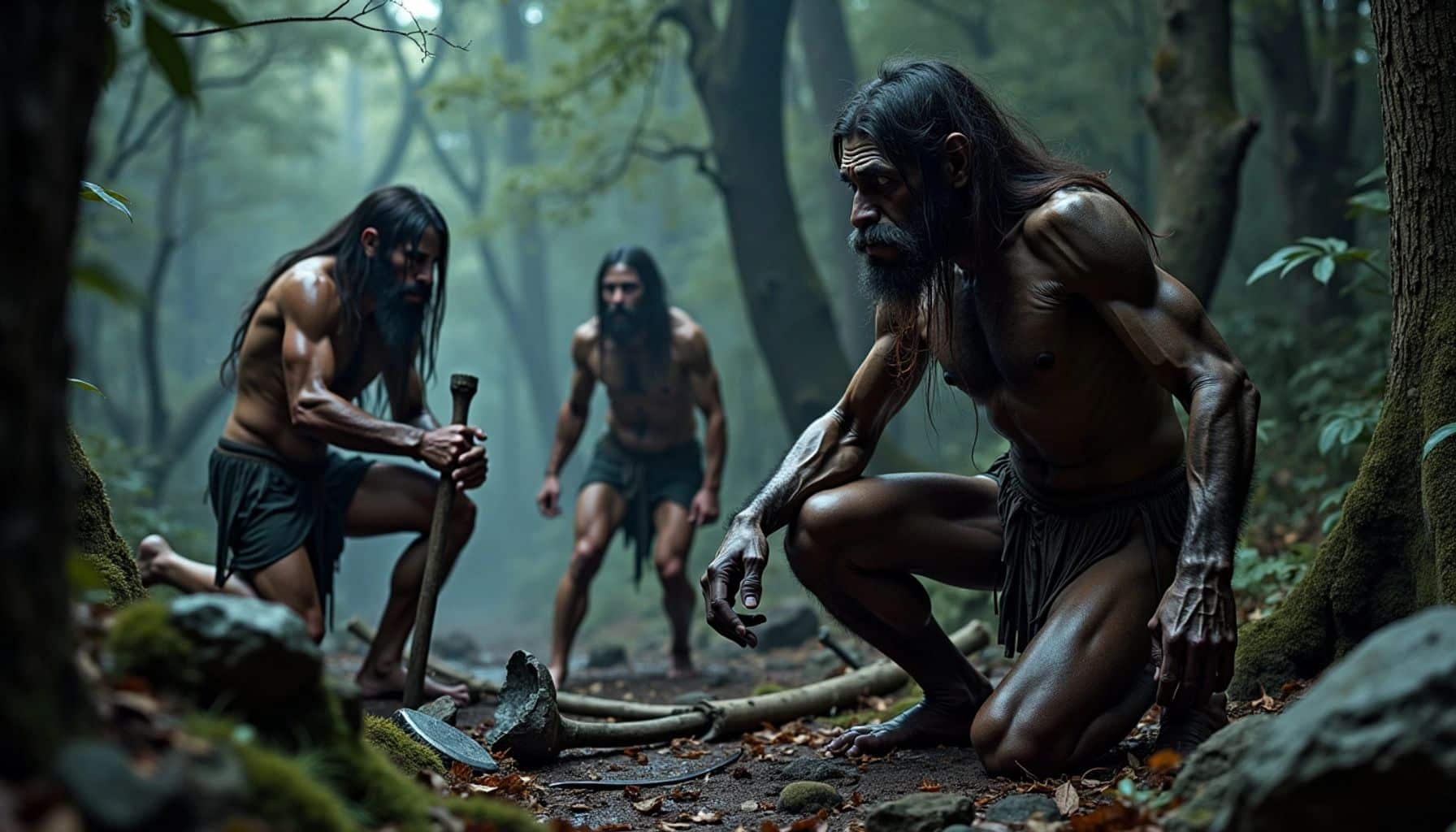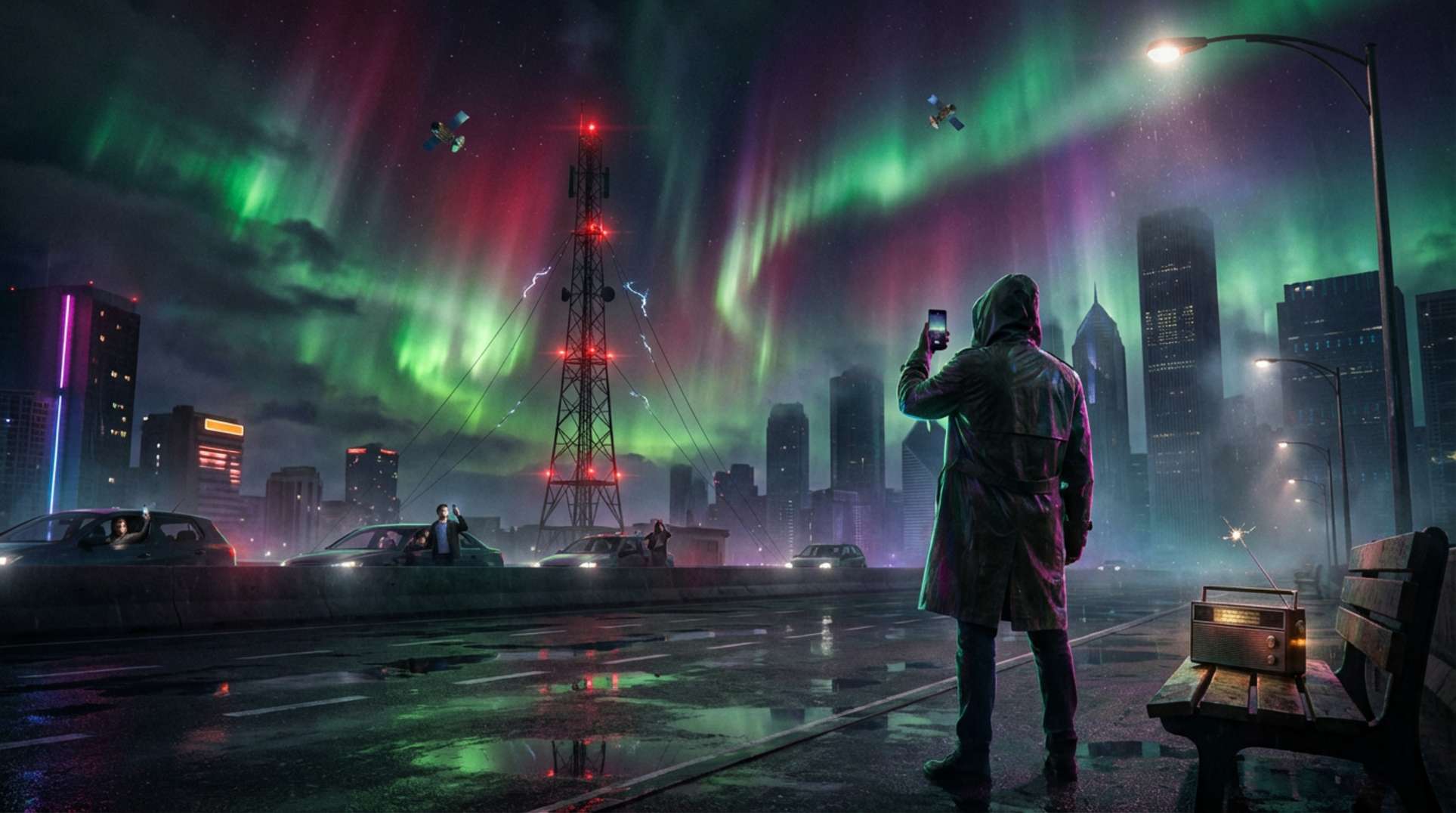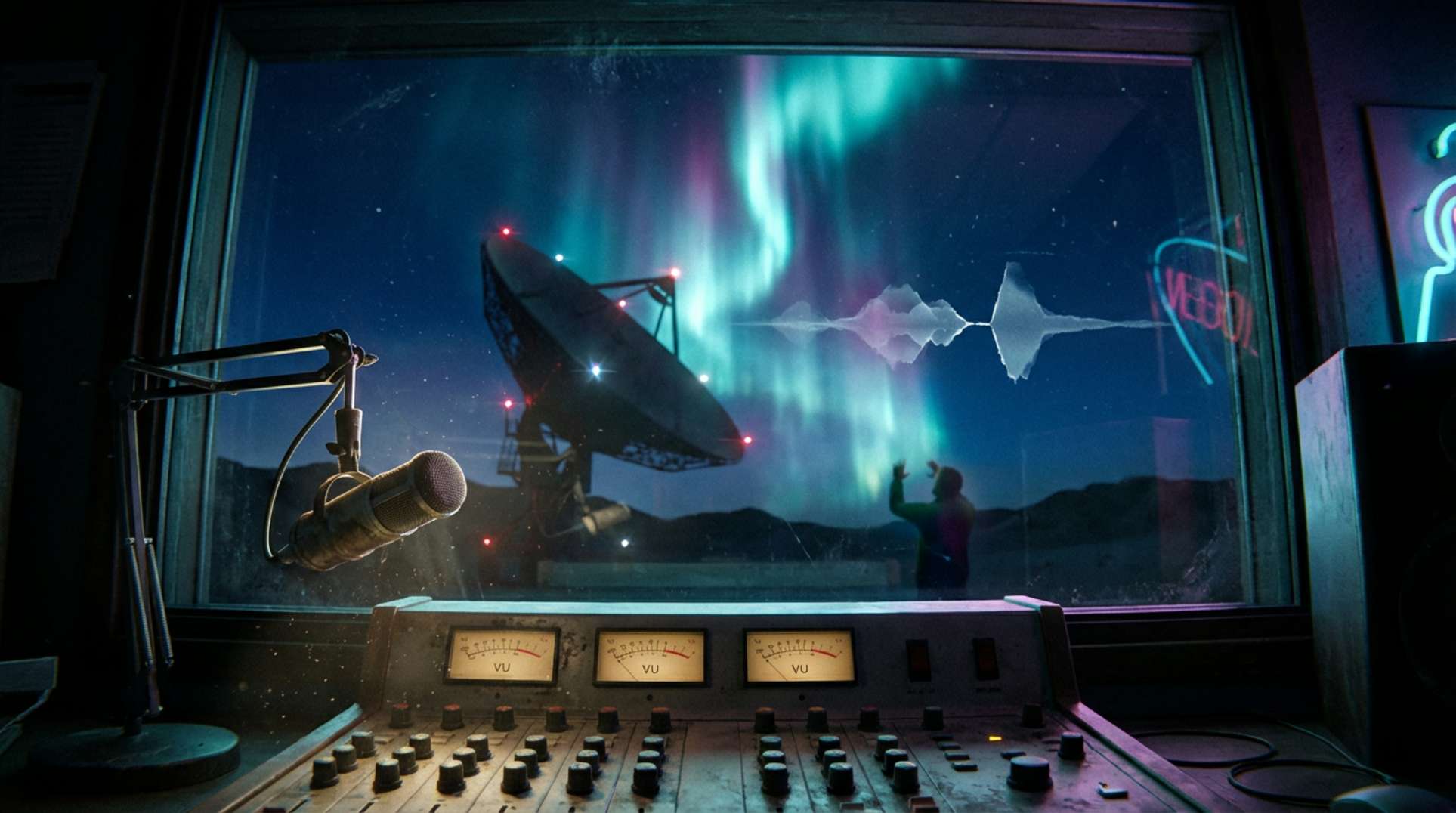For much of the last century, Neanderthals were depicted as brutish, primitive beings. However, recent research reveals a more complex picture of these ancient humans, including their interactions with early Homo sapiens. This article delves into the fascinating findings about Neanderthal ancestry, interbreeding, and the implications for modern humans.
Key Takeaways
- Neanderthals were not the brutish creatures once thought; they had complex cultures and physical traits similar to modern humans.
- Interbreeding between Neanderthals and Homo sapiens contributed to the genetic makeup of contemporary humans.
- Environmental changes and volcanic eruptions played significant roles in the extinction of Neanderthals.
The Misconception of Neanderthals
For decades, Neanderthals were portrayed as knuckle-dragging brutes, living in caves and exhibiting savage behavior. This image was largely shaped by early reconstructions that depicted them as incomplete and primitive. However, recent 3D reconstructions of Neanderthal skeletons, particularly from La Chapelle-aux-Saints in France, show that they were fully erect and possessed a range of human-like traits.
Neanderthal Ancestry
Neanderthals, scientifically known as Homo neanderthalensis, diverged from modern humans around 500,000 years ago. They largely disappeared from Europe and Asia by 40,000 years ago. Today, many scientists classify them as a subspecies of modern humans, recognizing the overlap in morphology and genetics.
Blood Type Discoveries
Recent studies have revealed that Neanderthals had a full range of modern human blood types. For instance:
- A Neanderthal woman from Siberia’s Denisova Cave had type A blood.
- Another from Chagoskaya Cave had type A as well, while a third from Vindija Cave had type B.
This challenges the previous assumption that all Neanderthals were type O, suggesting a more complex genetic background.
Interbreeding: A Genetic Exchange
The interbreeding between Neanderthals and early modern humans has left a lasting impact on our genetic makeup. Studies indicate that:
- There was a significant gene flow between the two species, with Neanderthal Y chromosomes becoming extinct and replaced by those of modern humans.
- Neanderthal mitochondrial DNA also suffered a similar fate, indicating that both male and female Neanderthals contributed to the gene pool of modern humans.
The Hypothetical Encounter
Imagine a Neanderthal woman, adapted to the cold, meeting a tall Homo sapiens man. Their differences were stark, yet they shared a primal connection. This encounter symbolizes the blending of two worlds, where curiosity and survival instincts led to interbreeding.
Cultural Exchanges
Cultural anthropology suggests that when two distinct populations meet, they often exchange women as a means of forging alliances. This practice likely occurred between Neanderthals and Homo sapiens, facilitating genetic exchange and cultural integration.
The Role of Environmental Changes
Neanderthals were resilient, having survived multiple ice ages. However, around 40,000 years ago, a series of volcanic eruptions in Europe may have drastically affected their populations. Research indicates:
- The eruptions led to a significant reduction in plant life, impacting the food sources for Neanderthals.
- The harsh environmental changes left little time for recovery, contributing to their eventual extinction.
Conclusion
The story of Neanderthals is one of complexity and interconnection. They were not merely primitive beings but rather a species that shared the Earth with early modern humans, contributing to our genetic legacy. As we continue to uncover the mysteries of our shared history, it becomes clear that the past is far richer than we once believed.
Until next time, remain curious and keep questioning the narratives of our human ancestry.




